The Worst Kind of Anniversary for South Sudan
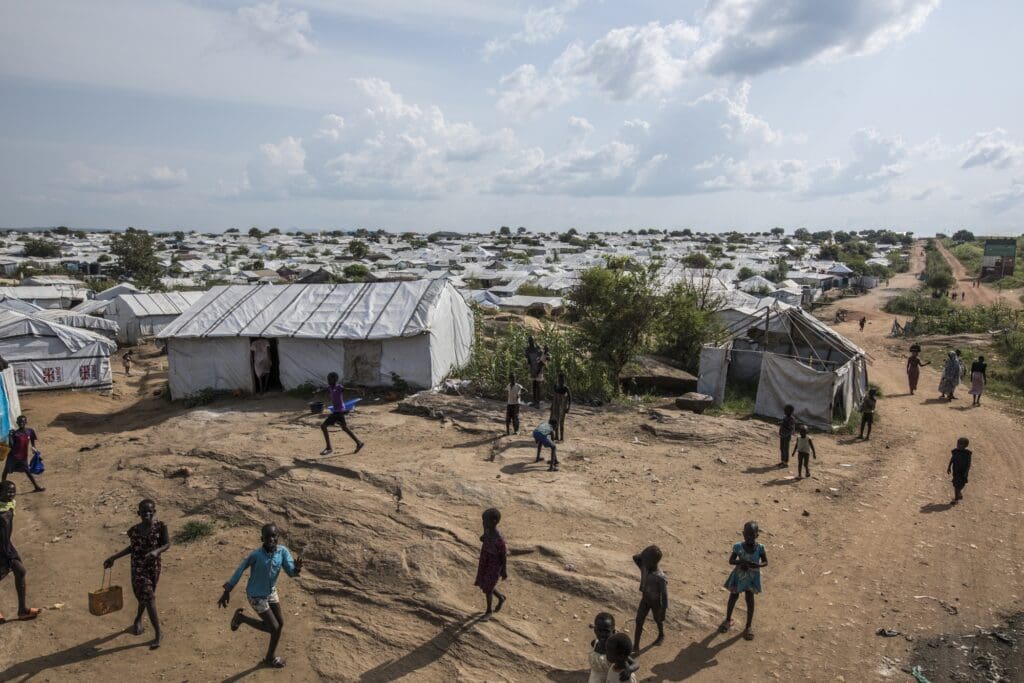
It’s been almost two years to the day since famine was declared in South Sudan. This grim anniversary is a reminder of everything the country has been through already and how many people there still need our help.
February 2017
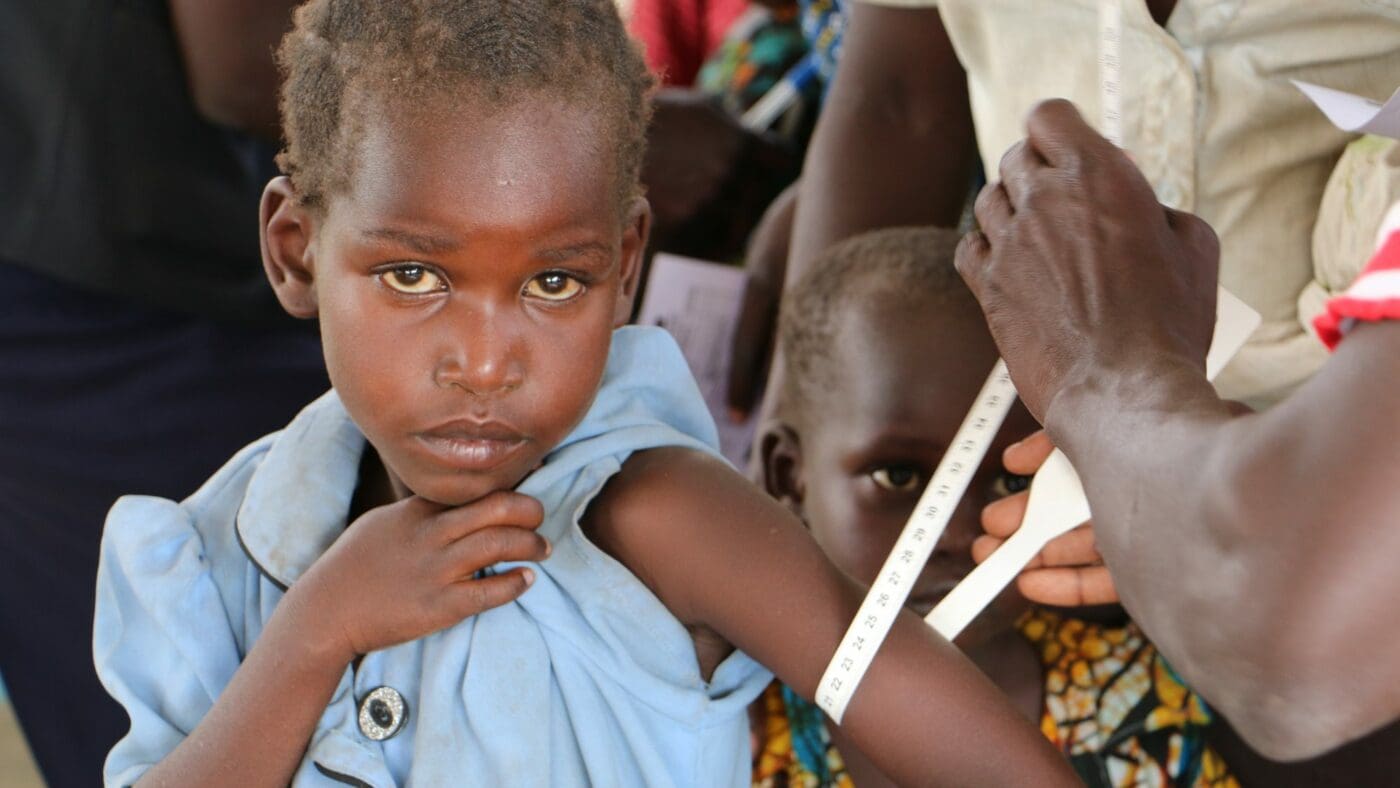
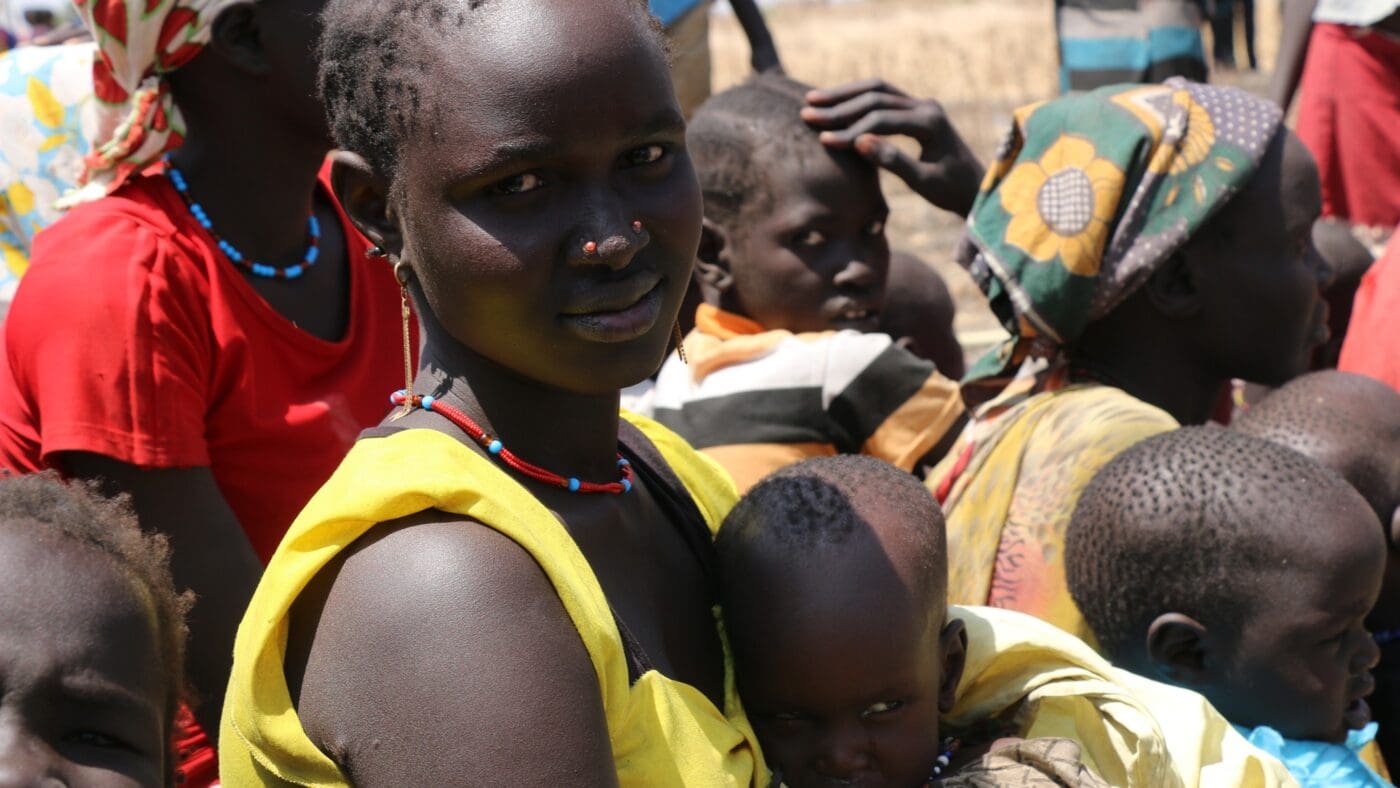
In February 2017, food insecurity in South Sudan reached the most extreme levels since the country gained its independence from Sudan in 2011. That month, pockets of famine were declared across the country.
Conflict resulted in multiple displacements, currency depreciation, hyperinflation, soaring food prices and declining trade. Drought in some areas contributed to a spike in hunger and malnutrition.
Almost 5 million people – more than 40 percent of the population – were estimated to be severely food insecure between February and April that year, a 60 percent increase from the year before.
June 2017

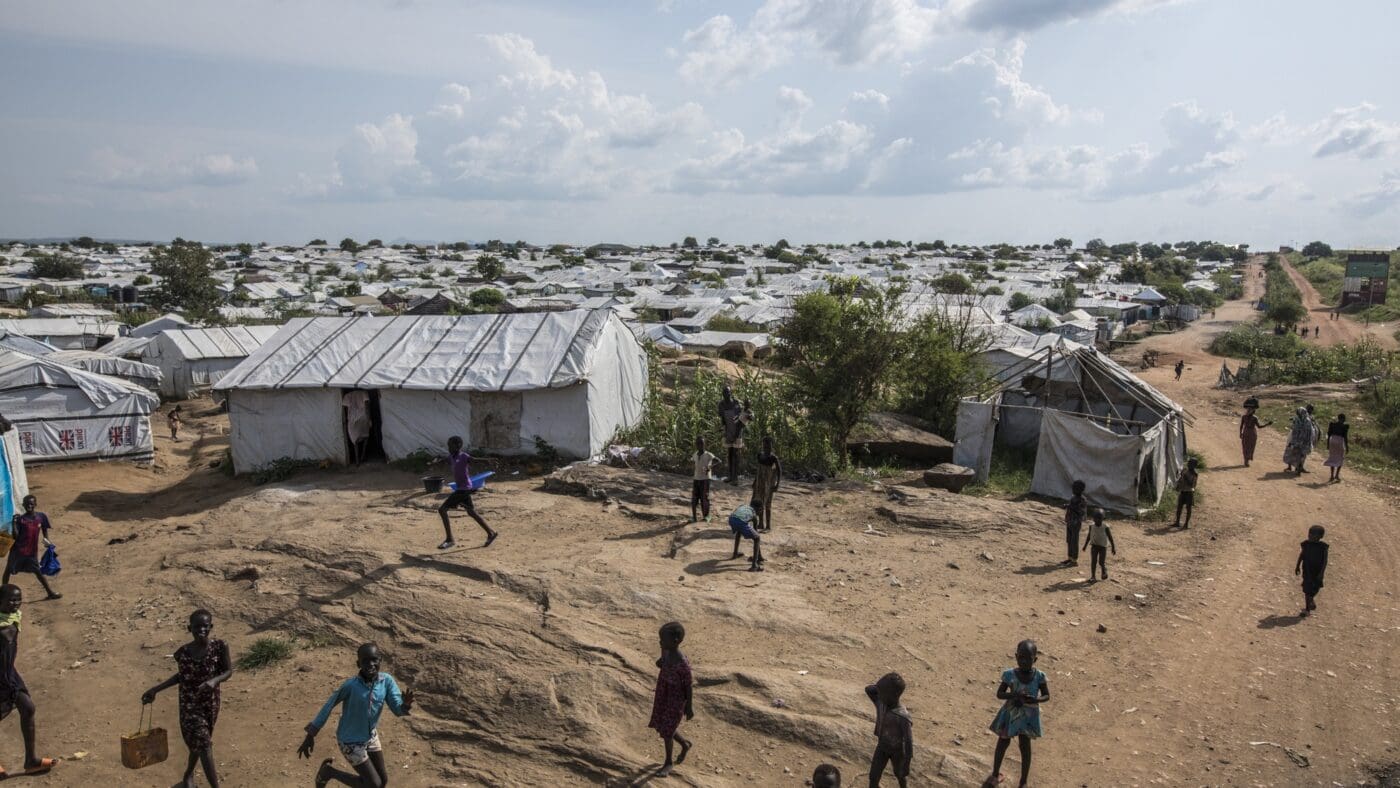
Four months after famine was declared, Uganda became home to an increasing number of refugees in settlements around the country. More than 70 percent of refugees in Uganda were supported by WFP with high-energy biscuits upon arrival, cooked meals at transit centers, and dry food rations or cash once they were placed in settlements.
WFP also provided nutrition support to pregnant and nursing women and children under the age of two.
As refugees began farming plots of land allocated to them by the government, WFP shifted its support to focus on building refugees’ self-reliance.
September 2017
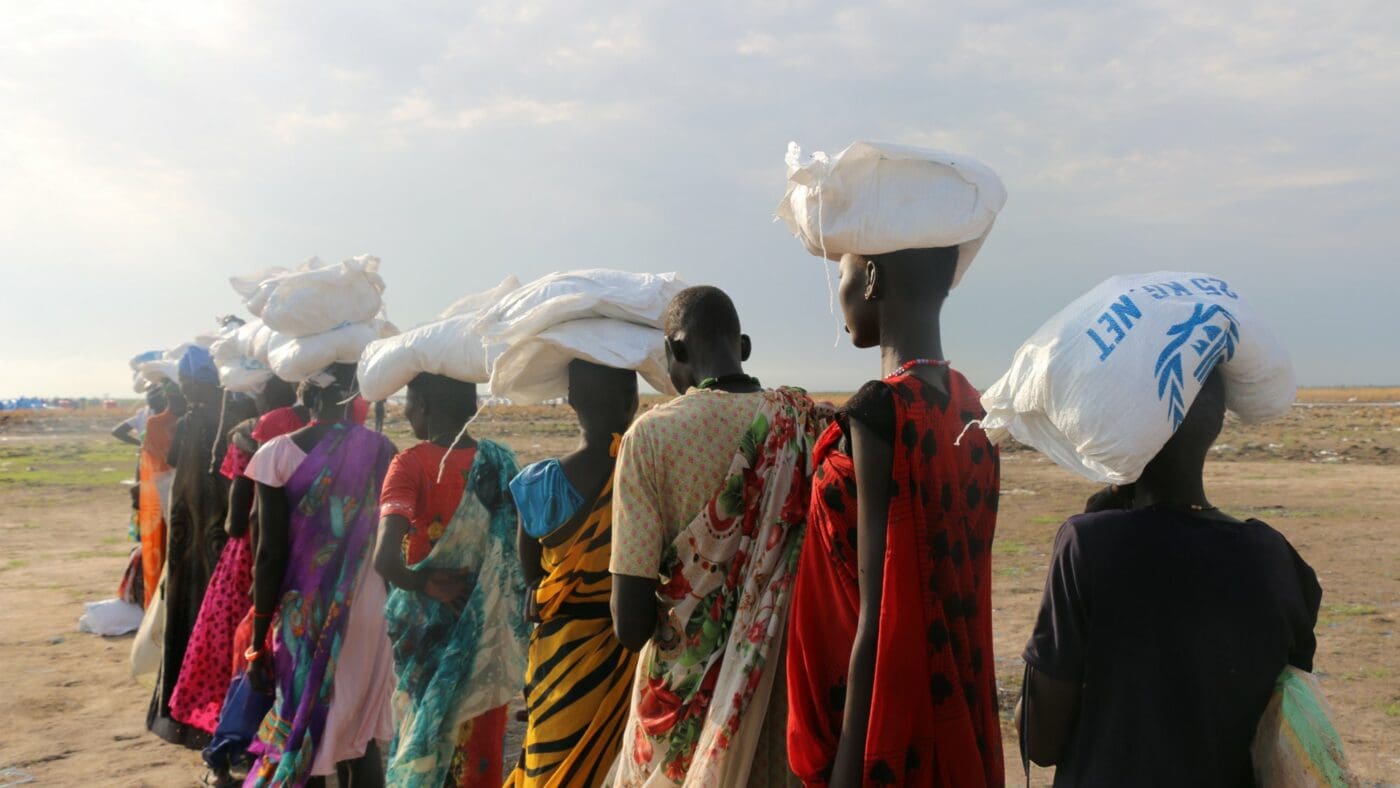
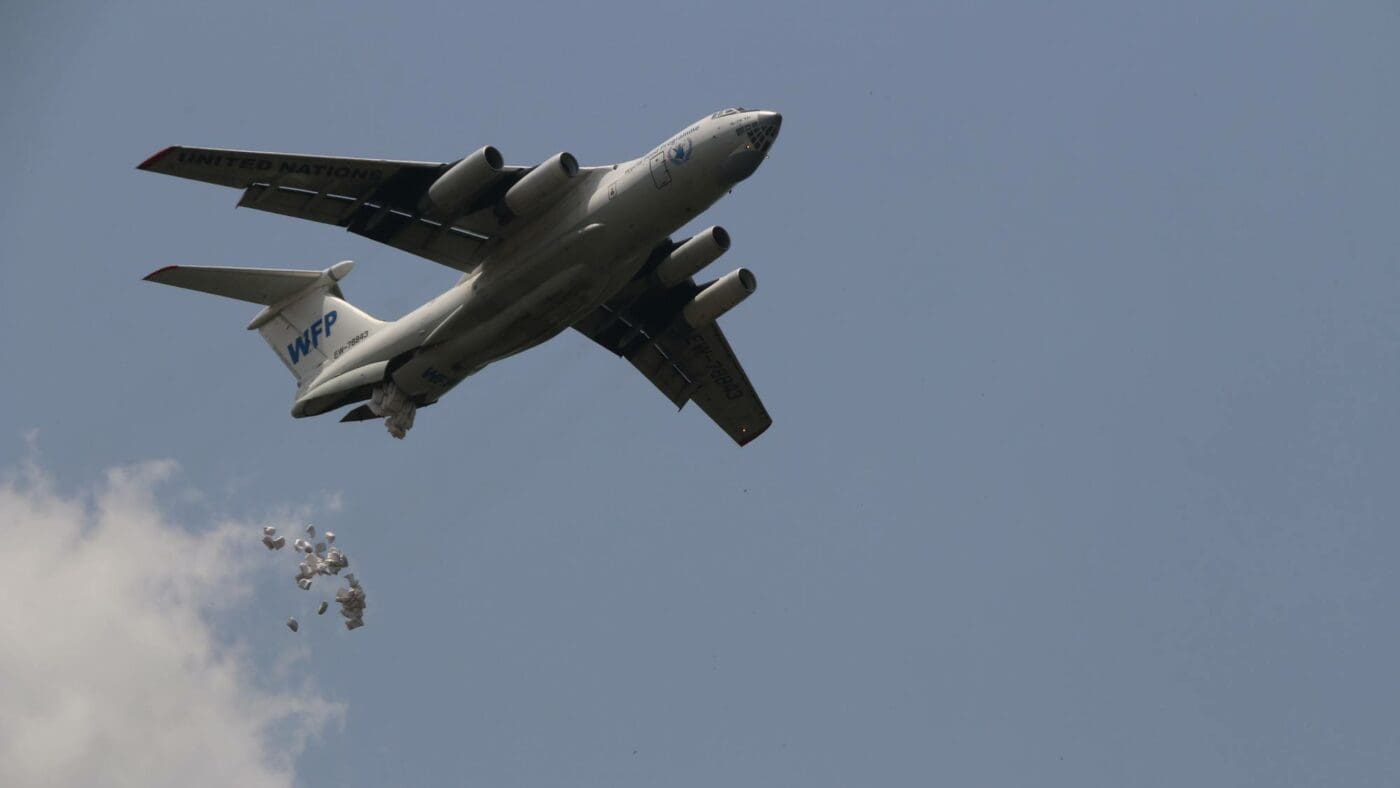
By the end of 2017, WFP’s Integrated Rapid Response Mechanism (IRRM) scaled up its response to the famine declaration and deployed more than 70 missions serving 1.4 million people country-wide, 323,000 of whom lived in famine-affected areas.
Over 90 percent of deliveries and team deployments were done by air, with WFP running more than 20 flights per day to deliver food.
April 2018
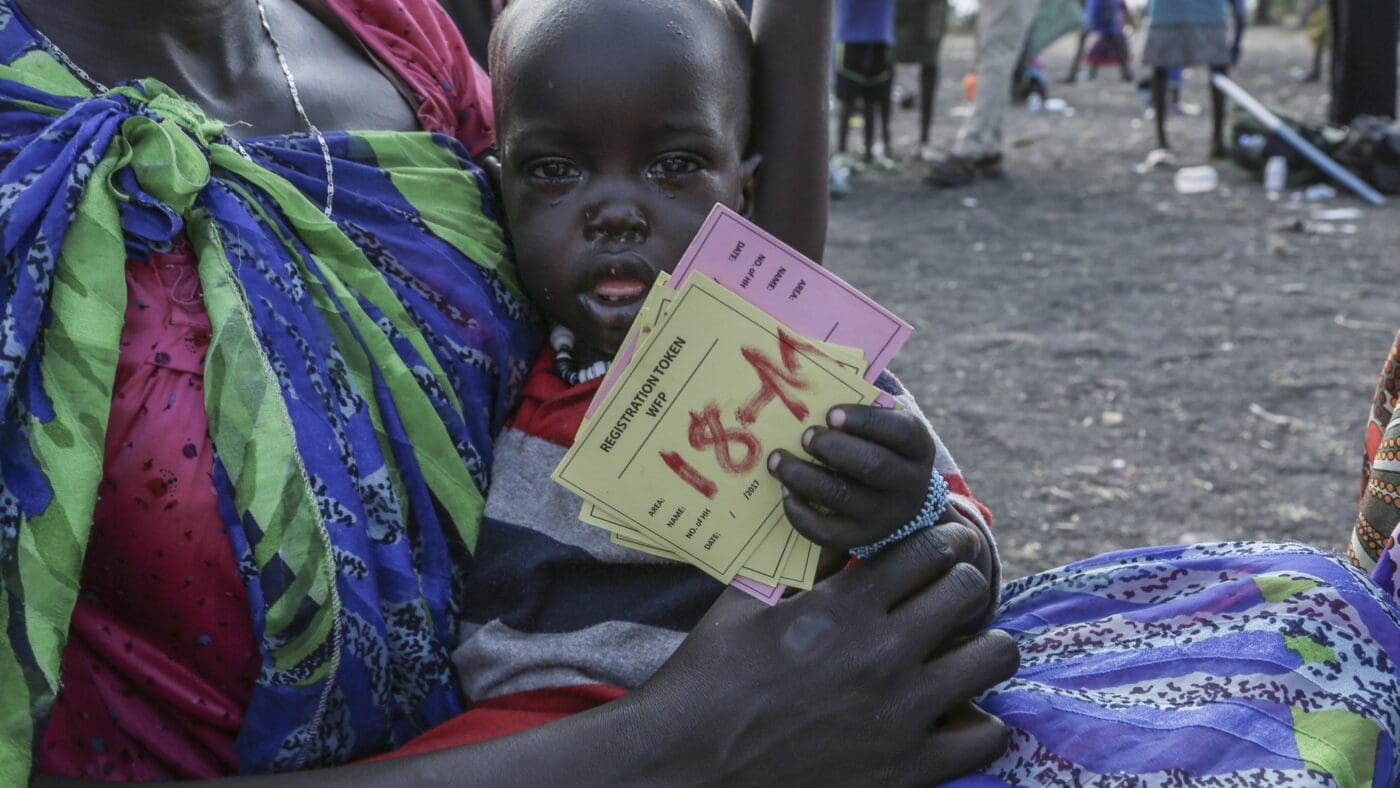
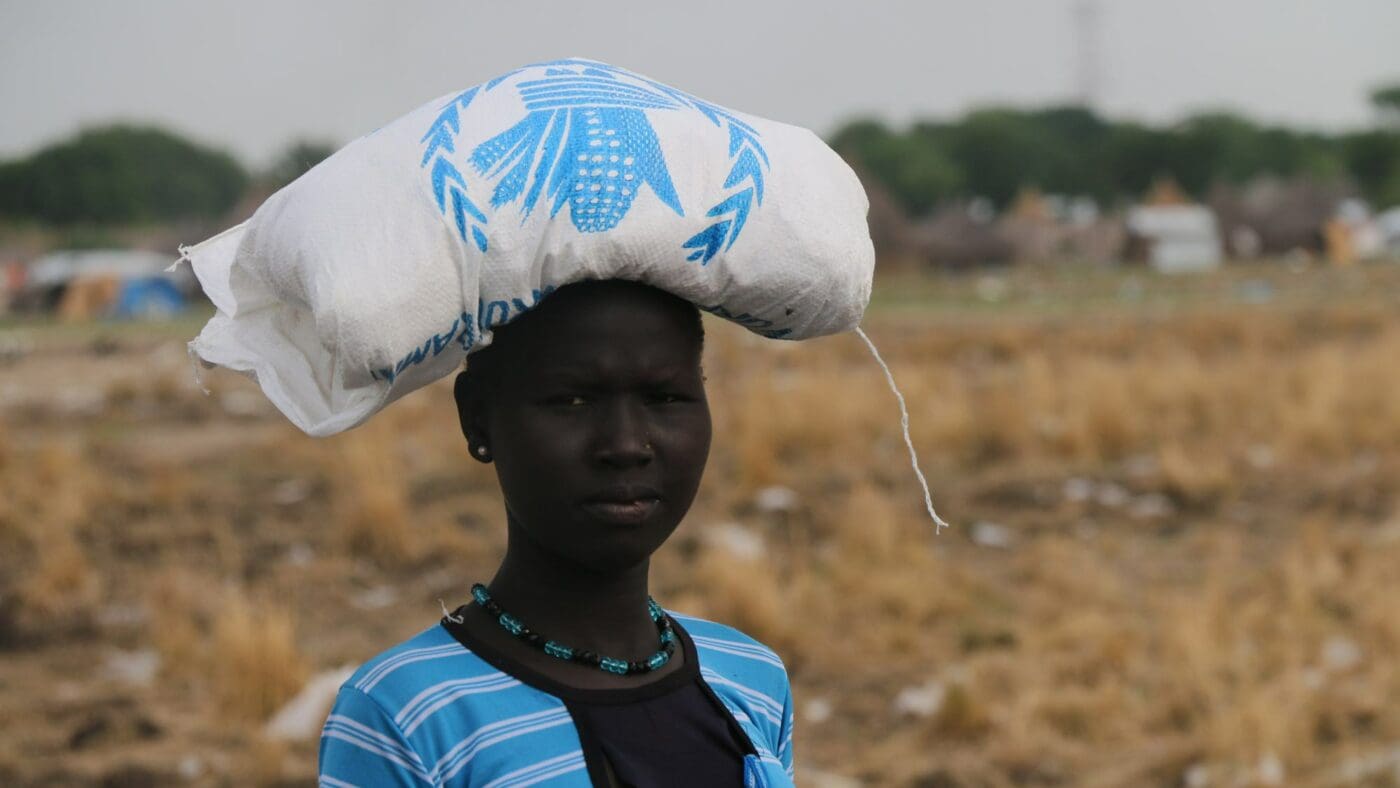
After more than a year, WFP began using cash transfers to allow people to purchase food from local traders, which helped strengthen the local economy.
In April 2018, WFP and partners reached 2.6 million people by delivering 5.2 million pounds of food in South Sudan. Cash-based transfers reached $2.5 million dollars.
December 2018
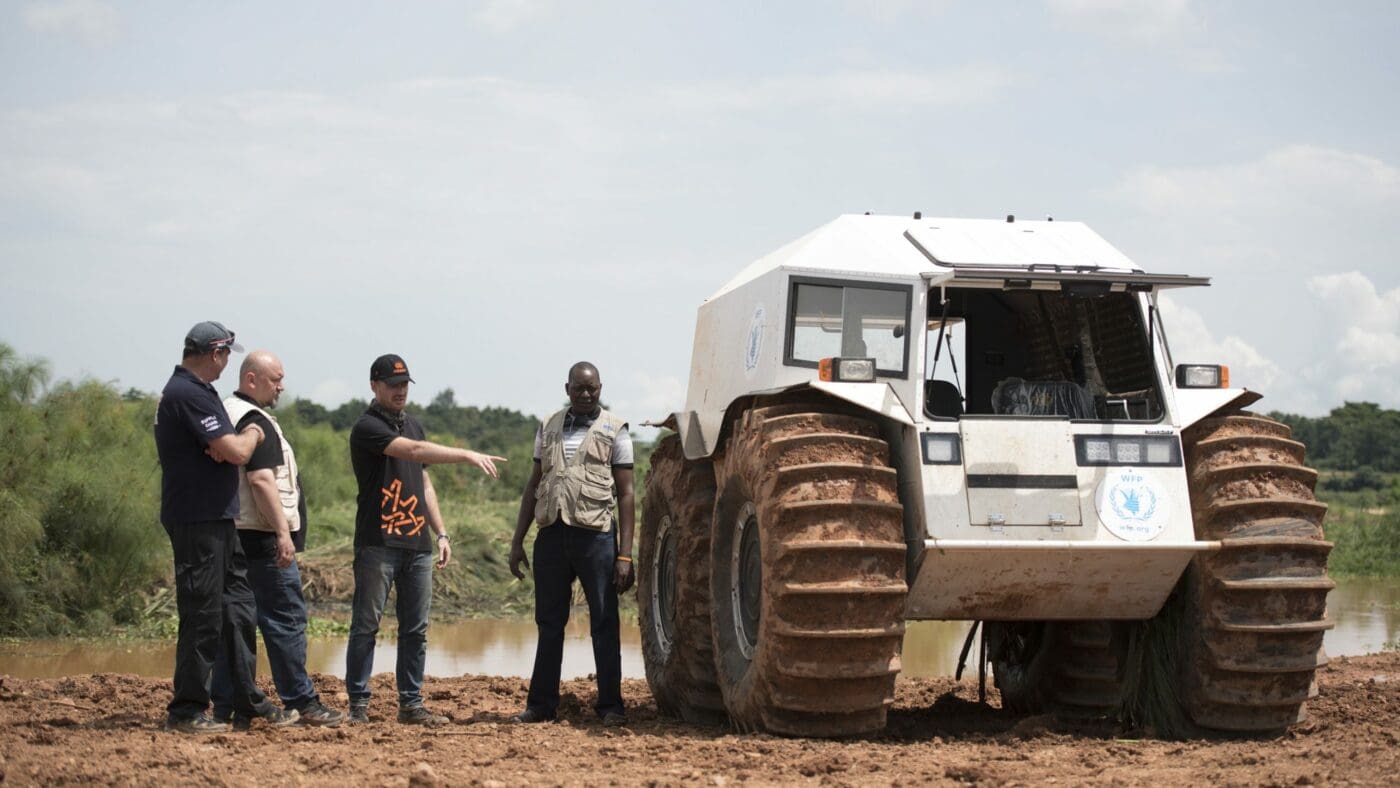
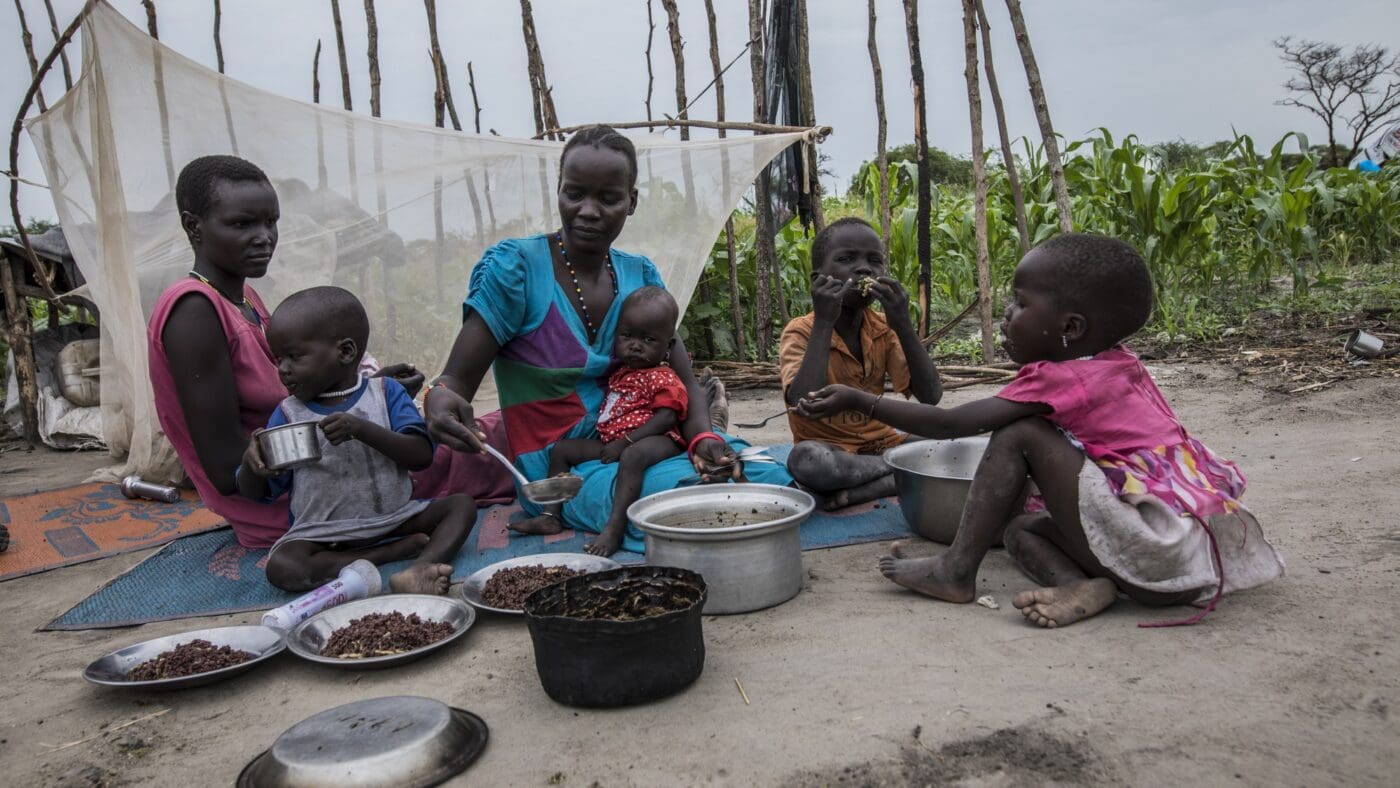
To meet the ongoing need in South Sudan, WFP has made plans to deliver food and nutrition commodities using any means necessary. In this case, a combination of boats, SHERPs and trucks. SHERP vehicles are designed to cope with the toughest road conditions and can easily overcome any obstacle in their way, float and move through deep water.
With SHERPs, WFP can deliver supplies in hard-to-reach locations more efficiently than with airdrops or airlifts.
But there is still a long way to go.




